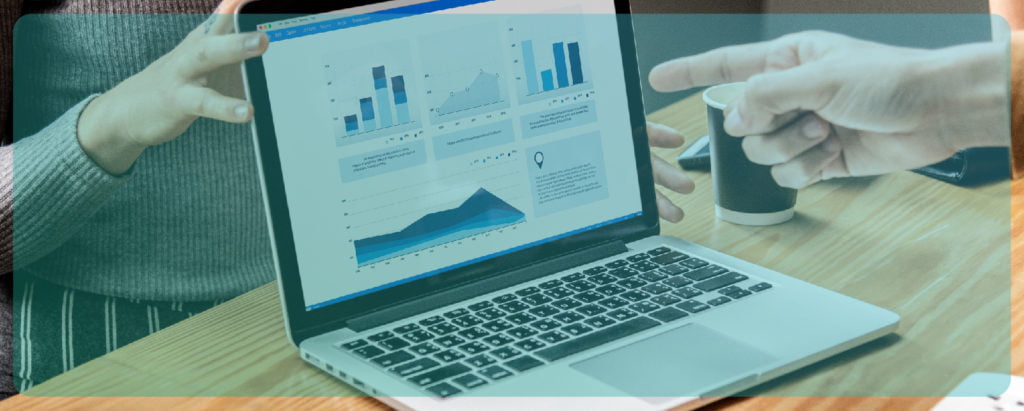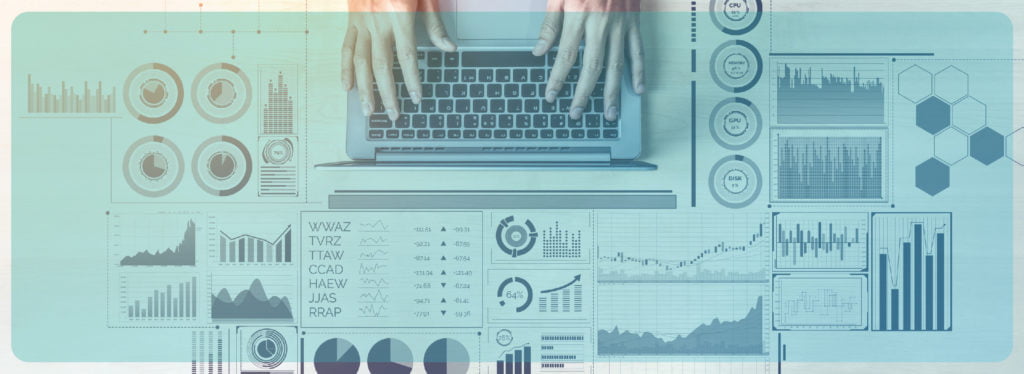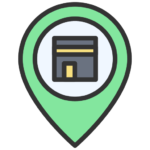
Value of Big Data Analytics In Healthcare
Introduction
Most healthcare leaders are aware that big data analytics offer huge potential to solve challenges faced by them. These challenges include cost control, improving patient experience, and increasing staff time utilisation. Yet, it’s not feasible for most healthcare providers to leverage the potential of big data.
There are multiple challenges in the application of big data analytics in healthcare. The first relates to dealing with health information because it is very sensitive data. There are various regulations related to protecting health information.
Also, there are inherent privacy risks in linked datasets (data collected from different sources). Health institutions should consider these risks carefully while adopting digital solutions. This blog outlines key applications of big data analytics in healthcare. It also covers how healthcare providers can overcome challenges related to the widespread adoption of big data.
Key Learning Points
- Big data analytics can solve various challenges faced by healthcare providers, such as improving patient experience, reducing costs, improving quality of care, etc.
- Applications of data analytics in healthcare are multifold, including patient predictions, real-time alerts, operations management, predictive analytics, patient engagement, etc.
- There are several challenges in leveraging big data for healthcare, such as timely collection of data, information security concerns, visual representation of data for intelligent analysis
- Healthcare providers can overcome these challenges by choosing the right HealthTech partners that can help them with data collection and analysis as well as have adequate information security safeguards in place
What Does Big Data Mean for Healthcare?
Before diving into the application of big data analytics in healthcare, let’s first understand the meaning of Big Data. Data can be of various types, such as:
- Quantitative (e.g. age, weight) or qualitative variables (male/female or, e.g. smoker/non-smoker)
- Digital (e.g. results of a digital feedback survey) or analogue (e.g. a paper-based log of inpatient requests)
- Structured (e.g. vital signs or lab reports) or unstructured (e.g. handwritten clinical notes)
- Machine-readable or non machine-readable
Big Data is data collected by the adoption of digital technologies, which is complex, huge in size, and grows exponentially over time. Therefore, Big Data cannot be analysed with traditional data analysis tools. The shift from paper-based systems to digitisation has created an explosion in the size of healthcare data generation.
The focus has now shifted from cure to prevention, be it in terms of patient health or operational issues in healthcare institutions. Analysing data to reveal patterns or correlations and monitoring key performance indicators can assist in improving patient experience as well as tackling operational challenges.
Application of Big Data Analytics in Healthcare
Here are the major applications of big data analytics in healthcare:
Patient Predictions:
Understanding seasonality and getting ready for the projected patient flow is very important for every operation. This analysis helps in planning, budgeting, infrastructure management, resource management, etc.
This analysis can be done using a combination of variables like department, time/day, doctor, patient demographics etc. Armed with this analysis, hospitals can utilise their staff and manage shifts effectively based on the admission/appointment patterns.
Real-Time Alerting:
The scope of real-time alerting is huge in hospitals/clinics. This should be one of the core features of digital products built for the healthcare sector. Few use cases can help you understand the potential of real-time alerts. For example, if an IP patient needs urgent help with movement or if the temperature is not comfortable inside the room, they need to be able to raise an alert in real-time.
They should also be allowed to give instant feedback on the quality of the service provided. Administrators can use this data generated through such requests to track multiple KPIs like average response time, department service performance, overall feedback ratings, best/worst performers, etc. can be tracked to ensure accountability among staff members.
Operations Management:
Data analytics allows management to plan their actions strategically and in the right direction. Healthcare providers can have multiple goals or aspirations, but one common goal is minimising costs.
To achieve this goal, one needs to understand where resource allocation can be optimised without affecting the quality of care. Staff utilisation metric is one such indicator, which shows how much staff is being utilised department wise. Big data analytics enable hospital management to review the performance & complaints raised by patients and allot an appropriate number of staff to various departments.
Predictive Analytics:
Predictive analytics help in forecasting demand and acting in advance. For example, data from a queue management solution can help predict overcrowding situations within specific areas such as pharmacies. Hospital management can proactively add extra capacity during these times to improve the patient experience.
Hospitals need to invest resources to identify patterns to reveal upcoming risks and opportunities. One needs to analyse metrics at every patient touchpoint to identify bottlenecks in workflows. Custom-built analytics dashboards are needed for this analysis.
This is because macro factors can be the same for the whole industry, but micro factors depend on multiple demographic/geographic/psychographic factors like region, spending power of customers, competitors, speciality, disease type, age, education, and tech literacy etc.
Patient Engagement:
Our interaction time with devices like mobile, smartwatches, TV has been increasing as more & more daily tasks are now can be controlled with these devices. With digital products, patients’ entire journey can be handled by these devices.
Examples of activities that can be handled digitally include appointment booking, payments, consultations, prescriptions, follow up visits, and more. In the case of IP, these devices can be used to streamline the admissions process, raise requests, order food, discharges, payments, post-discharge needs, etc.
HealthTech companies have been consistently working to develop two-way engagement flows, enabling healthcare institutions to build relationships via channels like SMS, Email, WhatsApp & IVR. These channels have now replaced traditional communication/marketing methods & are showing more conversion/engagement.
Better patient engagement can expose hidden issues and highlight both negative & positive experiences quickly. For example, BestDoc Surveys has a feature that understands a patient’s intent while submitting positive feedback and redirects to Google Reviews, which results in a high rating for the hospital. In the case of negative feedback, it raises a ticket that the management can look at and take corrective measurements.

Big Data Challenges for Healthcare in India and How Hospitals can Overcome Them:
Here are a few ways healthcare providers can harness the potential of big data.
Leverage Technology for Data Collection:
In most hospitals in India, data is still collected and stored in silos without the possibility of communication and insight generation. Hospitals can leverage ready-made technology solutions to harness the potential of big data.
One of the biggest bottlenecks to big data in India is the collection of data itself. BestDoc, with its wide range of patient-centric solutions, makes it easy for hospitals to collect data related to patient experiences. For example, our feedback solution allows hospitals to collect patient feedback through multiple digital channels. Likewise, our IP requests command centre solution simplifies capturing patient complaints with a simple QR scan.
Choose Tech Partners that Understand Data Privacy:
In the US, HIPAA Compliance is a way to determine whether the care providers or technology providers have enough safeguards for handling sensitive patient data. While in India, there aren’t any such stringent regulations yet, you can perform multiple checks to ascertain the data security practices of technology providers. For example, ISO 27001 is one such standard, which certifies that the technology provider has taken updated measures to ensure data privacy and security.
Harness the Power of Dashboards:
Dashboards can help present information visually, making it easily understandable even to non-data-savvy folks. You must choose technology providers that provide dashboards built for healthcare providers.
For example, every product in BestDoc has an Analytics Dashboard, which provides an overview as per the requirement of the user & their role. Users can see the most important metrics and take timely actions. Escalations can be defined, which will automatically send communication to the concerned person if the indicator crosses the prescribed limit.
Final Thoughts
Big data analytics can help in solving multiple challenges faced by healthcare providers. Already, there are several use cases of using big data for healthcare, and this list is expected to expand in the coming years.
There are a few challenges that hinder healthcare providers from harnessing the potential of big data analytics. However, by choosing the right technology partners, healthcare providers can overcome these challenges and use big data analytics to strengthen their operations.
6Mins Read
Author | Amit Soni




